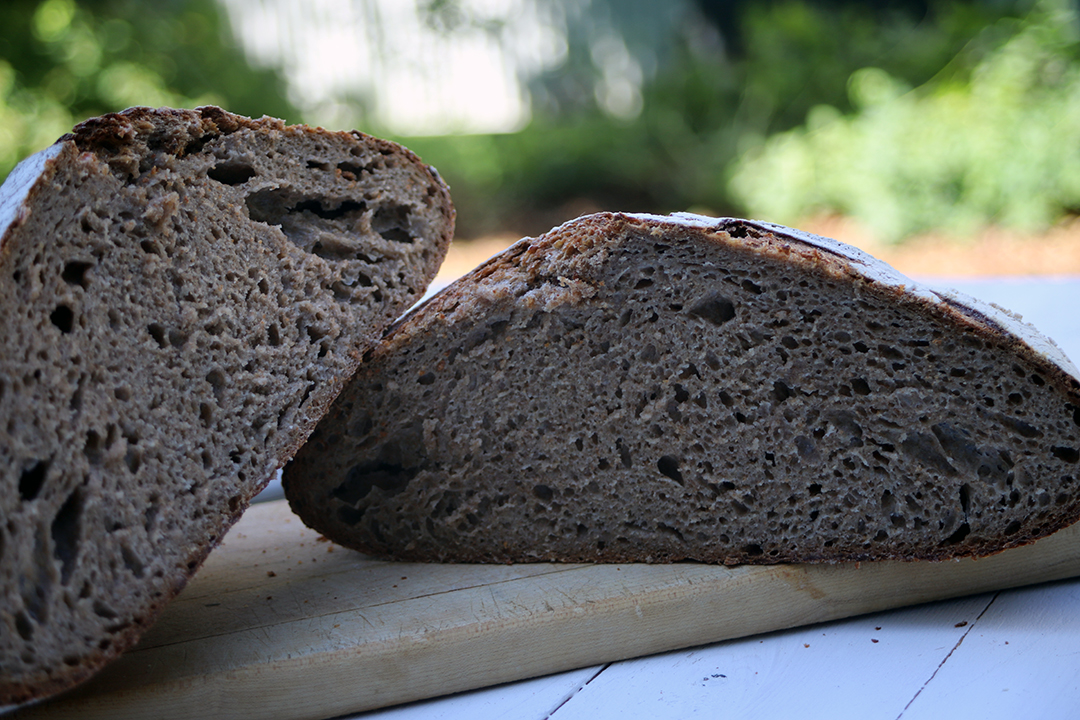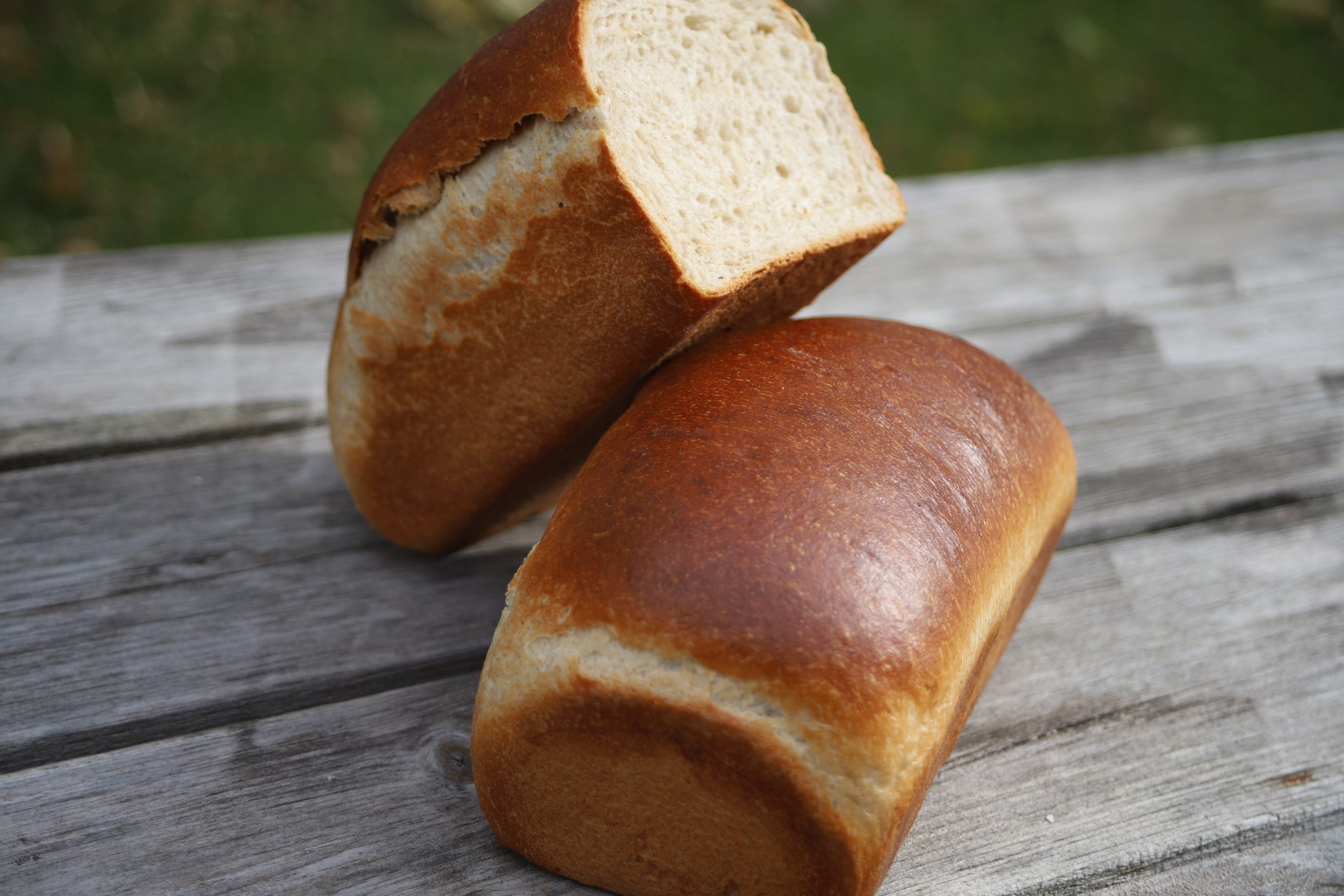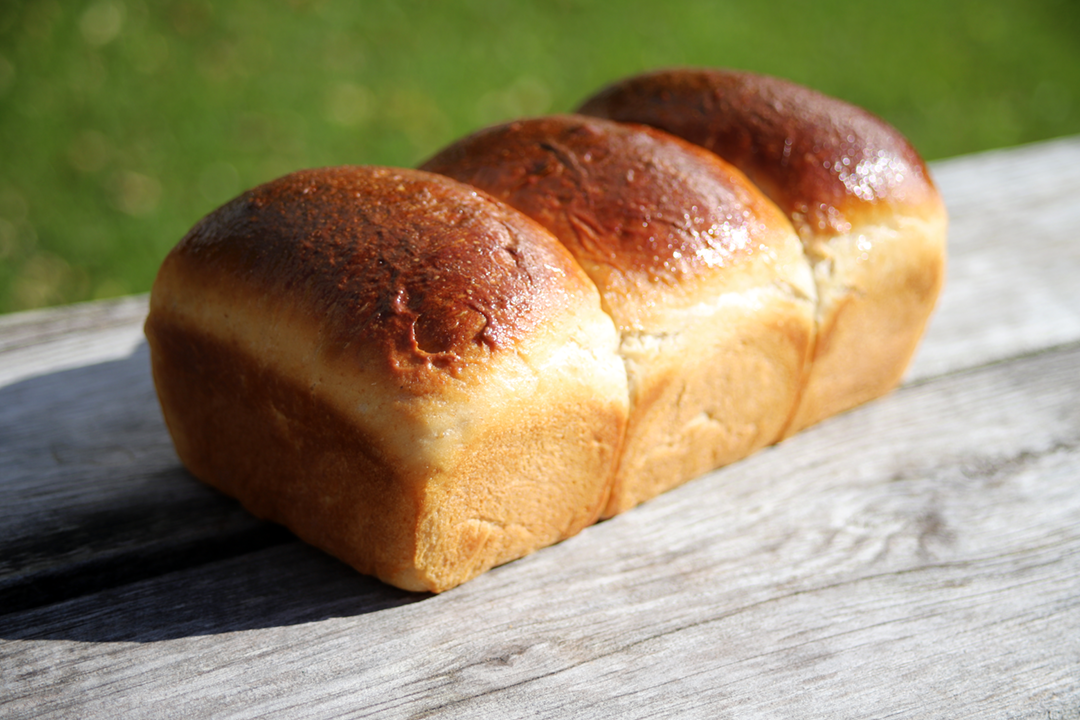Autolysis:
Start with autolysis. Either by hand or with a stand mixer, combine the flour and water at low speed until you have a homogeneous mixture. If the dough seems too dry, add a little water (drizzle). Let rest for 40 minutes.
Adding the ingredients:
Add the salt and yeast. Knead the dough until it becomes smooth and elastic. It should be possible to stretch the dough without tearing it, forming a “window” that allows you to see the gluten network. If the dough is too firm, add water to adjust the consistency. The choice of dough texture is personal. Therefore, adjust the dough to the desired texture. Knead for about 3 minutes at speed 1, then for 3 minutes at speeds 7-8.
First Fermentation:
Let the dough rise in a mixing bowl at room temperature (around 75-77°F / 24-25°C), covering the bowl with a damp cloth. Let it ferment for 120 to 150 minutes.
The warmer the room is, the faster the dough will rise.
Shaping and Proofing:
Divide the dough into two rolls, and shape them into tight balls.
Cover them with a damp cloth and let them rest for 60 to 90 minutes in a warm, humid environment.
Preheating and Baking:
Preheat the oven to 430-445°F (220-230°C) as well as the pizza stone or the casserole.
Place the dough balls in the oven and let them bake for 40 to 45 minutes, ideally with steam for a better crust. The bread should sound hollow when you turn it over and knock on it.


